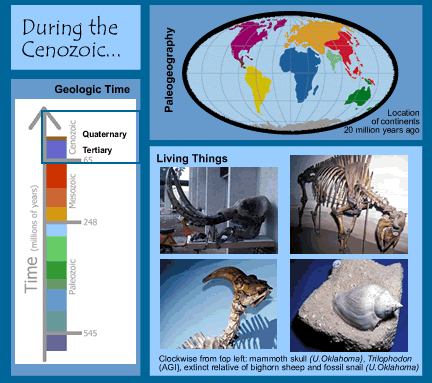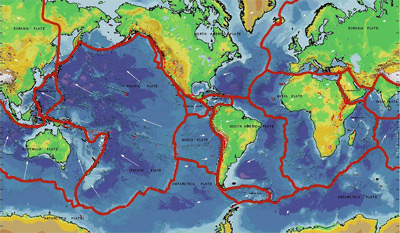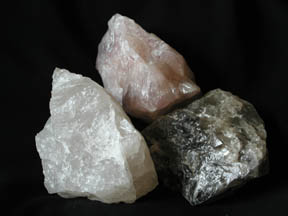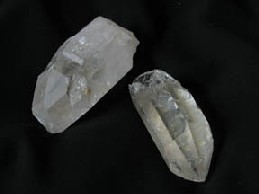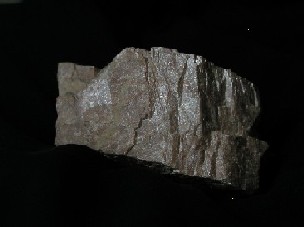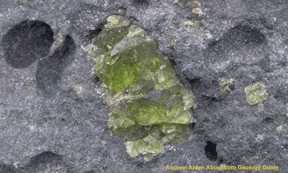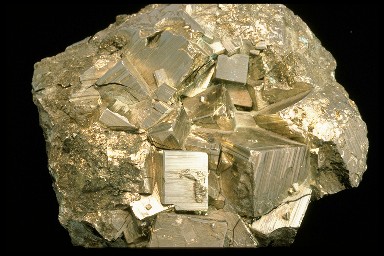Characteristics of the Cenozoic
Click on image for full size
L.Gardiner/Windows to the Universe
Click on image for full size
L.Gardiner/Windows to the Universe
Happenings During the Cenozoic (65 Million Years Ago to Present)
Time:
65 million years ago to today (and continuing!)
(See
the geologic timescale!)
Paleogeography:
- The Atlantic Ocean is still growing wider.
- India used to be an island, but it collided with Asia during the Cenozoic. This caused the Himalayan Mountains to form. India is still pushing against Asia, causing the mountains to grow even larger!
- Africa pushed into Europe forming the Alps.
- In North America, the Rocky Mountains formed.
- Earth's plates still move around because of plate tectonics!
Climate:
- The climate cooled gradually over most of the Cenozoic.
- During the past two million years, Earth's climate has cooled and warmed over and over again. The cool times are called Ice Ages because large amounts of ice formed on land. The last time that these sheets of ice were very large was 20,000 years ago. Most of the sheets of ice melted by about 10,000 years ago.
- Whenever climate cooled and ice sheets formed on land, there was less water left in the oceans, so the sea level was lower. Sometimes lower sea level caused land that is usually underwater to be above water and continents were connected that were usually separated by oceans. This allowed animals to walk to other continents.
Evolutionary Events:
- There are many more mammals during the Cenozoic! New mammal species evolved and were able to live in areas and eat foods that had been used by dinosaurs during the Mesozoic.
- Grass evolved and for the first time large areas of grassy fields developed on the land.
- Horses and other species of grazing animals evolved that liked to eat the grass. The first horses were small, about the size of a labrador retriever.
- Thousands of fossils of ancient humans and their ancestors have been found. The oldest fossil of a human ancestor is more than 6 million years old. Fossils that are very similar to modern humans are called Homo sapiens. Fossils of Homo sapiens are as much as 400,000 years old.
Last modified June 1, 2005 by Lisa Gardiner.


